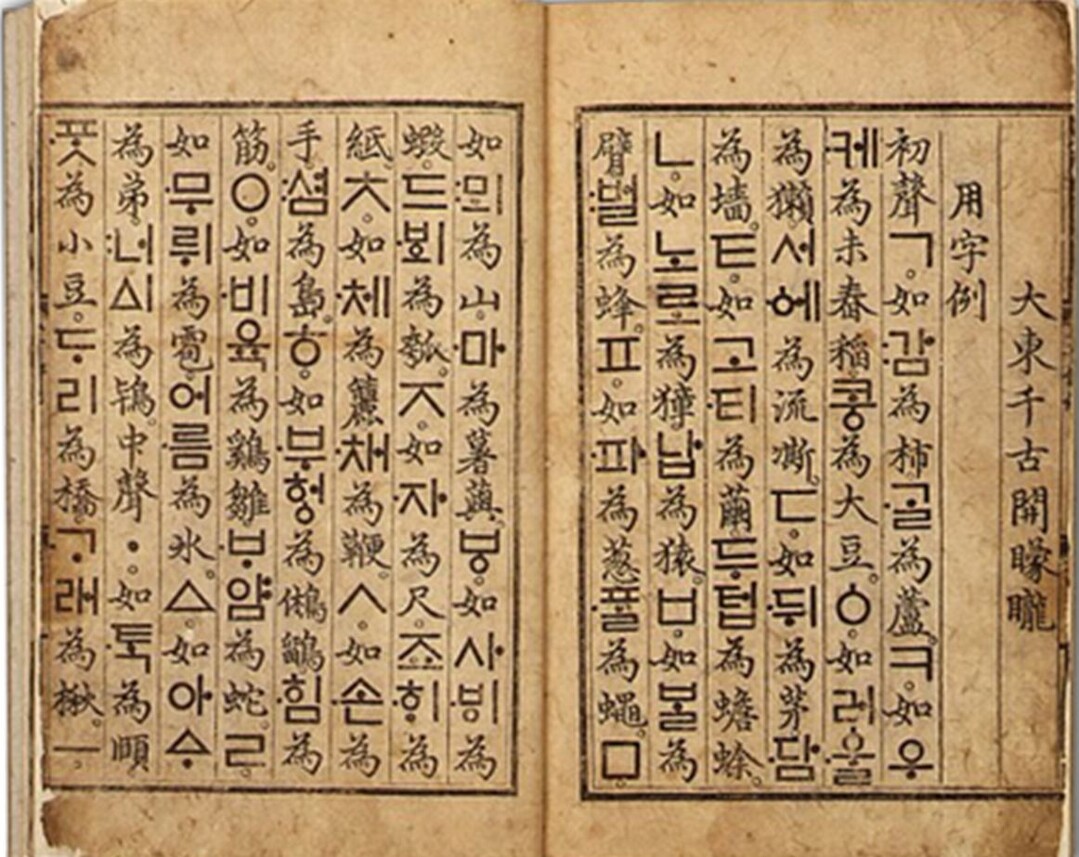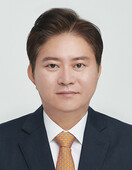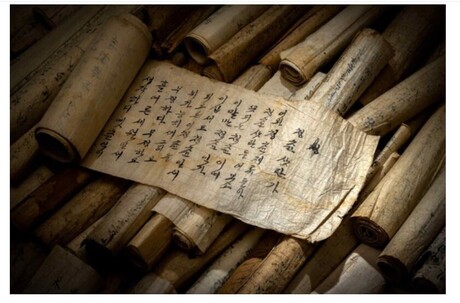SEOUL — On October 9 each year, South Korea pauses to celebrate Hangul Day, commemorating the invention of its national writing system. Across the border in North Korea, a similar holiday is observed on January 15. Despite political division, the two Koreas share reverence for a script that has come to define not only language, but also cultural identity.
First created in 1443 and promulgated in 1446 under King Sejong the Great of the Joseon Dynasty, Hangul was not born in a vacuum. For centuries, Koreans had relied on classical Chinese characters (hanja) for writing. While effective for the elite scholar-officials, hanja was notoriously difficult to master and left most of the population illiterate. King Sejong’s decision to devise a new script was therefore both radical and pragmatic: it gave ordinary people direct access to reading and writing for the first time in Korean history.
Why a New Script Was Needed
The Hunminjeongeum, the royal edict announcing the new script, explicitly stated its purpose: to provide the common people with “the correct sounds” so they could easily express their thoughts. Learning thousands of Chinese characters required years of study, which only the yangban aristocracy could afford. By contrast, Hangul’s phonetic alphabet reduced literacy acquisition to weeks or months.
The results over the long term are clear. Today, South Korea’s adult literacy rate stands at over 97 percent, one of the highest in the world, according to UNESCO. By comparison, when Hangul was first introduced in the 15th century, the majority of Koreans could not read or write at all. Hangul’s simple and logical design helped transform Korea into a society with near-universal literacy within just a few centuries — a rare achievement in global history.
“Hangul was a deliberate break from dependence on Chinese script,” explained Prof. Young-Key Kim-Renaud, a linguist at George Washington University. “It was designed to democratize knowledge, at a time when literacy was a privilege of the few.”
China itself, centuries later, acknowledged the burden of its writing system. In the 1950s, the Communist Party launched major reforms, introducing simplified Chinese and warning that without reform, “China’s modernization would fail.” Some Chinese linguists even studied Hangul as a model, though ultimately Beijing retained its character-based system.
A Linguistic Design Unlike Any Other
Unlike organically evolved alphabets, Hangul was constructed with both phonetic logic and philosophical symbolism. Consonants were shaped to reflect the articulation points of the tongue, lips, and throat, making them intuitive to pronounce. Vowels drew upon a triadic cosmology — heaven (a dot), earth (a horizontal line), and humanity (a vertical line).
This rational design allowed Hangul to be mastered rapidly by commoners, enabling unprecedented levels of literacy. In linguistic terms, it is a rare case of a fully documented, intentionally engineered writing system.
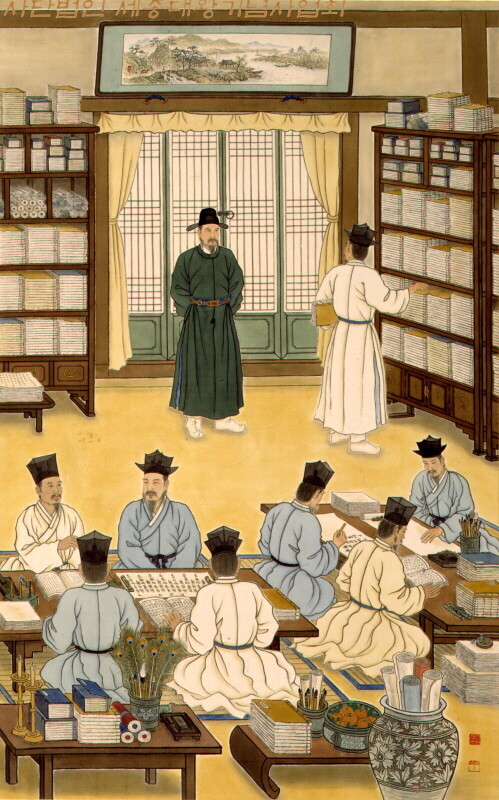
A Linguistic Design Unlike Any Other
Unlike organically evolved alphabets, Hangul was constructed with both phonetic logic and philosophical symbolism.
Consonants were modeled after the shape and function of human speech organs:
ㄱ (g/k) depicts the tongue root blocking the soft palate. Add a stroke for aspiration (ㅋ), or double the form for fortis (ㄲ).
ㄴ (n) illustrates the tongue touching the upper gum ridge. Variations lead to ㄷ (d/t) and ㅌ (tʰ).
ㅁ (m) is drawn as a square representing closed lips; with extra strokes it becomes ㅂ (b/p) and ㅍ (pʰ).
ㅅ (s) resembles teeth, signaling airflow between the tongue and teeth. Derivatives include ㅈ (tɕ) and ㅊ (tɕʰ).
ㅇ is a circle symbolizing the throat: silent at syllable start, [ŋ] at the end; with marks it becomes ㅎ (h).
ㄹ (r/l) sketches the curved motion of the tongue tapping or spreading laterally.
Vowels were based on a triadic cosmology — heaven (a dot), earth (a horizontal line), and humanity (a vertical line). By combining these basic strokes, all vowel sounds could be systematically generated.
This regularity meant that learners could not only memorize letters but also see the phonetic principle embodied in the letter shapes themselves — an unprecedented level of scientific transparency in the history of writing systems.
“Hangul is unique in world history because its origin, principles, and purpose are all recorded in detail,” explained Prof. Young-Key Kim-Renaud, a linguist at George Washington University. “It was designed not for elites, but for commoners — a revolutionary notion in the 15th century.”
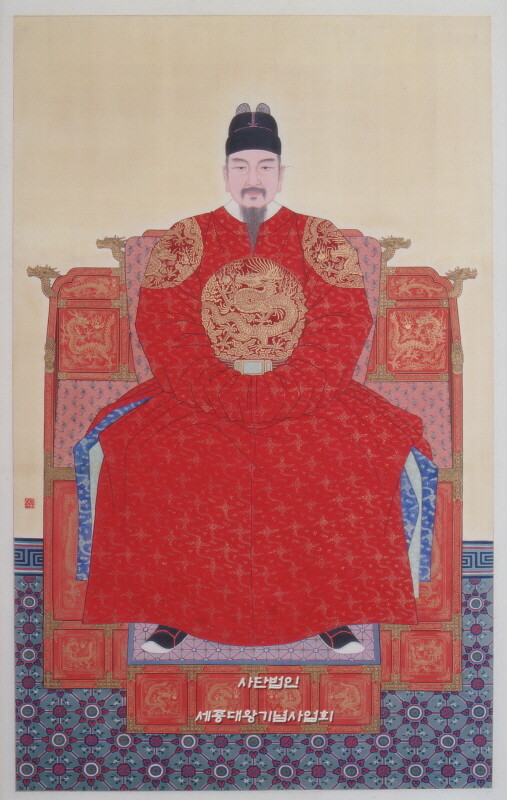
Two Dates, One Heritage
South Korea commemorates October 9, the date when the Hunminjeongeum (“The Proper Sounds for the Instruction of the People”) was officially proclaimed in 1446. North Korea, meanwhile, celebrates January 15, based on the presumed date of the script’s creation in 1443.
The divergence reflects the peninsula’s political division, but both states recognize Hangul as a core element of shared heritage. “For both Koreas, Hangul is more than a writing system. It is a symbol of independence, resilience, and cultural continuity,” said Dr. Ross King, professor of Korean at the University of British Columbia.
UNESCO and Global Recognition
In 1997, UNESCO inscribed the Hunminjeongeum Haerye, the explanatory manual for Hangul, in its Memory of the World Register. UNESCO also established the King Sejong Literacy Prize, awarded annually to individuals and organizations advancing literacy worldwide.
“Few writing systems were invented with such clarity of vision,” said Dr. Mark Liberman, a linguist at the University of Pennsylvania. “The way Hangul connects phonetics, philosophy, and pedagogy remains unparalleled.”
Beyond Korea: Overseas Adaptations of Hangul
Remarkably, Hangul has also been tested abroad.
Indonesia – Cia-Cia Language
In 2009, the Cia-Cia ethnic group in Bau-Bau City, Sulawesi, adopted Hangul to transcribe their endangered Austronesian language. With Korean support, textbooks were produced. Although the project later lost momentum, it remains a landmark in cross-cultural literacy.
Central Asia and Minority Studies
Linguists have experimented with Hangul to record unwritten minority languages, praising its transparency compared to Cyrillic or Arabic.
Western Academia
Universities in the U.S. and Europe analyze Hangul in linguistics and artificial intelligence, citing it as a model for endangered language revitalization.
“Hangul’s adaptability is striking,” said Dr. Alexander Vovin, a historical linguist. “It demonstrates that a well-designed writing system can transcend its original cultural boundaries.”
From National Script to Cultural Export
With the global popularity of K-pop and Korean cinema, Hangul has traveled far beyond Korea’s borders. The King Sejong Institute Foundation reports that overseas Korean language learners have increased more than fourfold in the past decade.
In design, Hangul has become an international icon. Its block-based syllables are used in fashion, branding, and digital graphics, helping project Korea’s cultural influence worldwide.
The Digital Edge: Hangul on Your Phone
If Hangul once liberated 15th-century peasants from illiteracy, it now proves ideally suited for the smartphone era. Its syllabic block system allows efficient input on small keypads, requiring far fewer keystrokes than Chinese, which depends on thousands of characters and input methods.
“Hangul’s structure is not only linguistically elegant but also digitally efficient,” said Dr. Sunhee Pae, a computational linguist in Seoul. “It scales perfectly from manuscripts of the 15th century to the touchscreens of the 21st.”
More Than Letters: A Symbol of Identity
At its core, Hangul is a declaration of independence from Chinese cultural dominance. In a region where Chinese script reigned supreme, King Sejong’s creation asserted Korean sovereignty. Today, Hangul embodies Korea’s survival, modernization, and global rise.
For South Koreans, the literacy rate of over 97 percent is itself a living testament to Hangul’s success. Few societies in history have achieved such rapid educational transformation, and few alphabets have been so closely linked to a nation’s identity.
“Hangul is a reminder that language can be engineered to serve society,” said Prof. Kim-Renaud. “It was born of necessity, and that necessity continues to justify its reputation as the most scientific script in the world.”
In essence, Hangul is celebrated not merely as a Korean achievement but as a universal model of literacy, innovation, and cultural resilience. Its story shows how a well-designed writing system can transform a nation — and why its legacy extends far beyond Korea.
SayArt.net
Jason Yim, yimjongho1969@gmail.com


